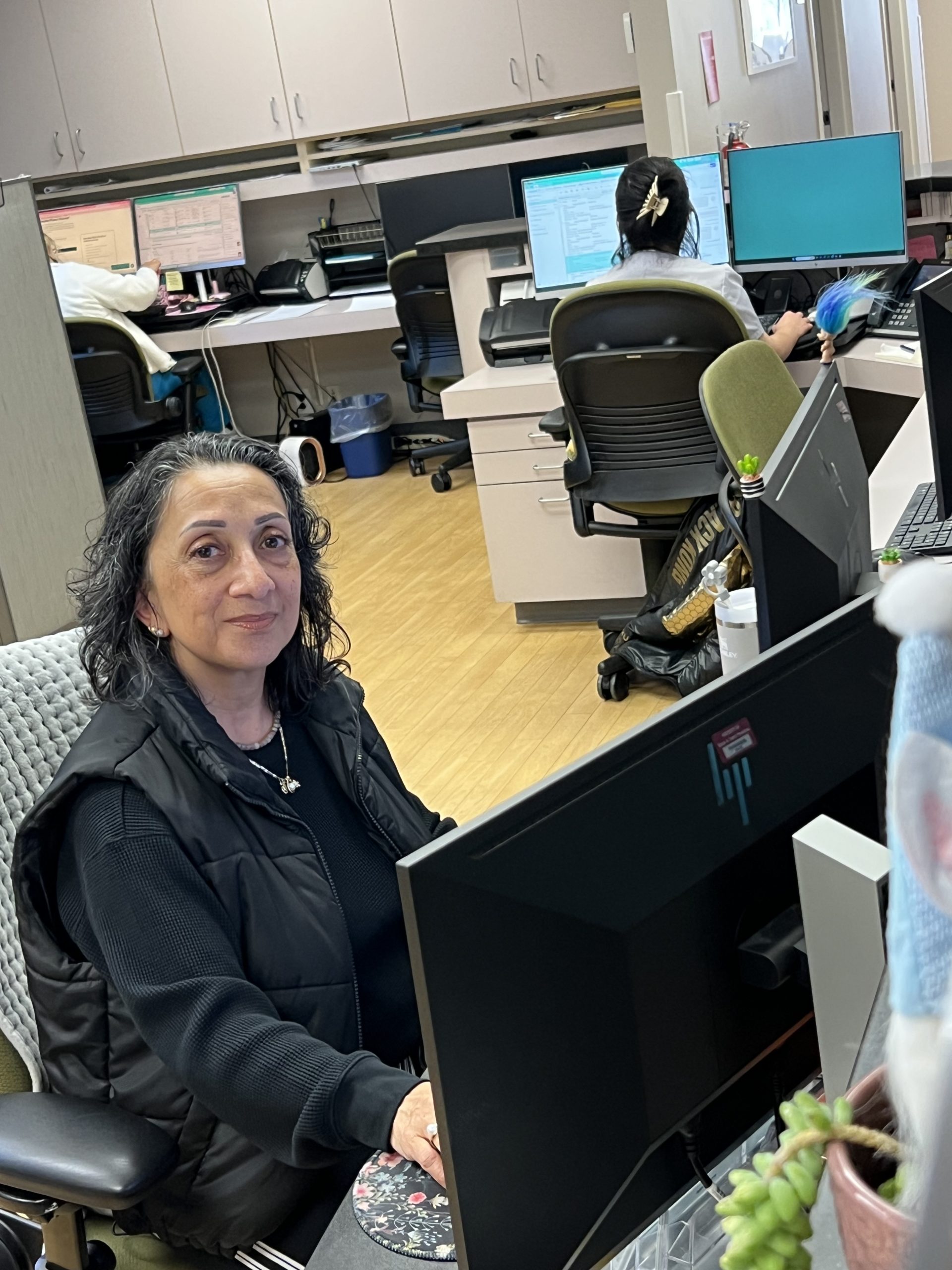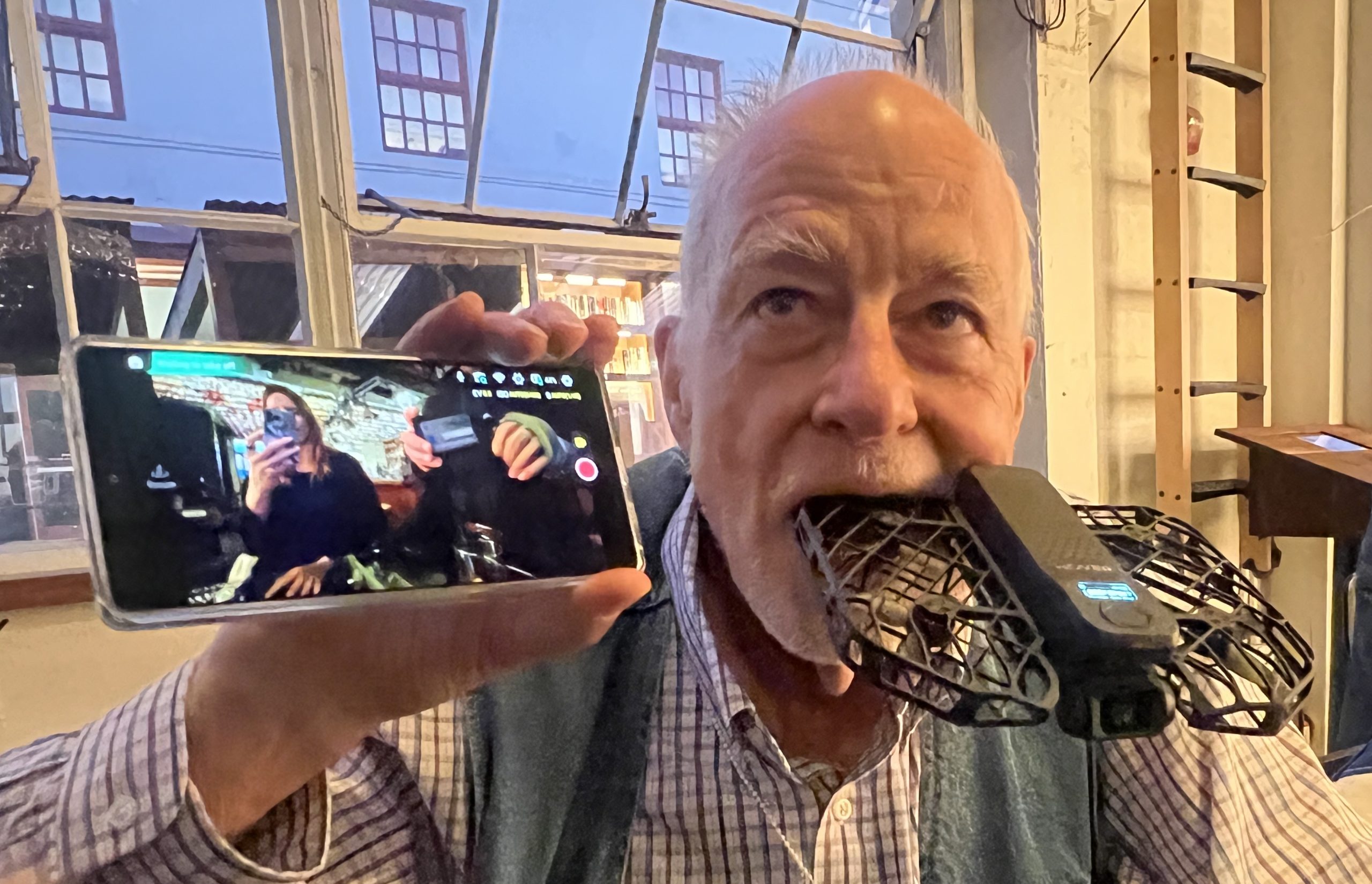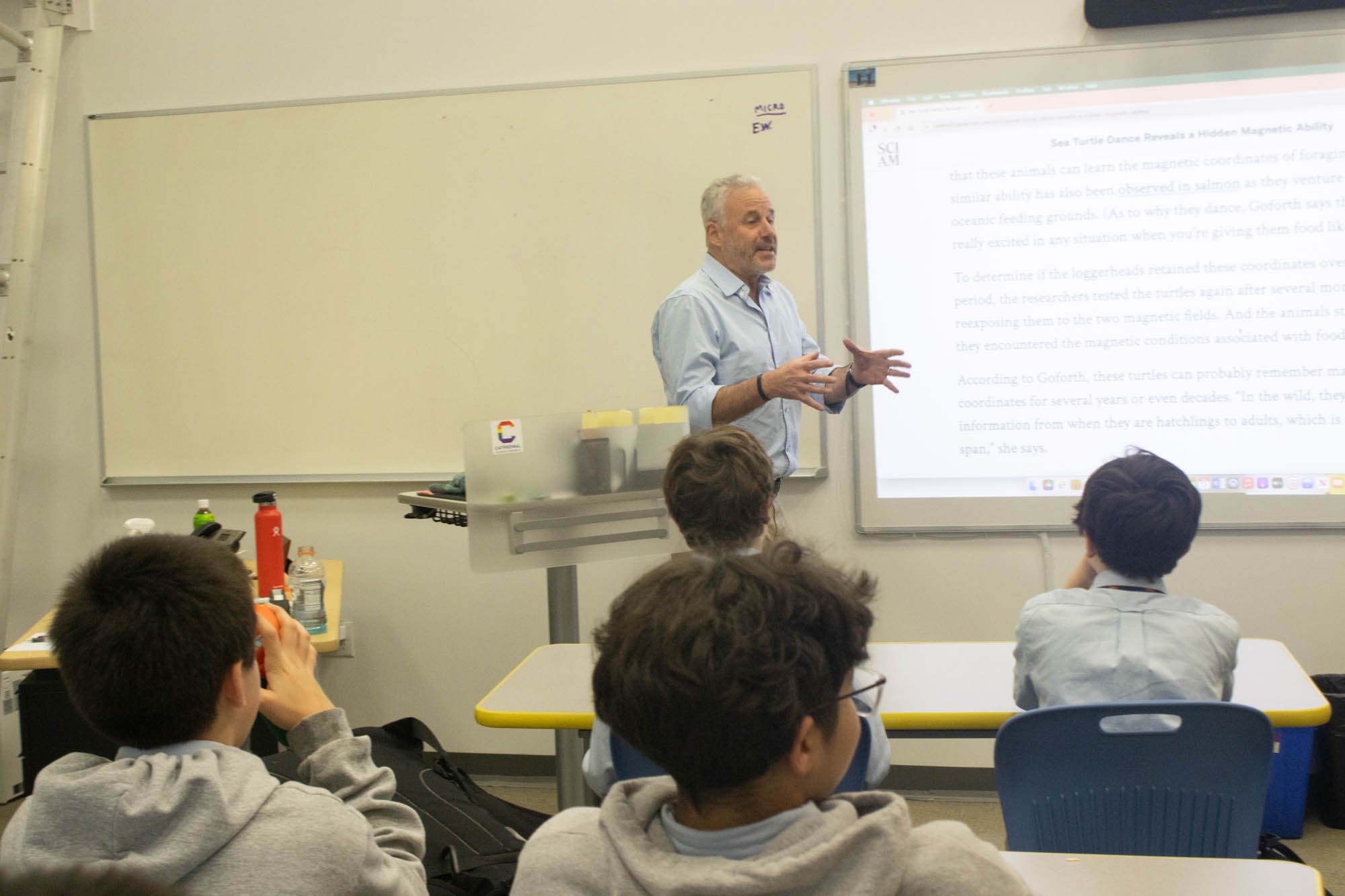Editor and reporter has written about her neighborhood for the past 20 Years

Rae Doyle has introduced her West Portal neighbors to a variety of local people they might never have noticed.
As associate editor of the West Portal Monthly over the past 20 years, she has treated readers to a panoply of profiles of interesting neighbors and small business owners, from the Vietnam War dog handler Dr. Alan Walden to David Neumann of Orthodox Chews, the not-especially-kosher salt water taffy.
Doyle came to journalism after raising five children, retiring from AT&T, and earning a bachelor’s degree in Liberal Studies from San Francisco State University. What to do next?
The answer lay right across the street from her. A builder began developing Edgehill Mountain, and Doyle’ss first news articles for the West Portal Monthly chronicled the neighborhood’s desire to keep it an urban forest. The Greater West Portal Neighborhood Association eventually had Edgehill zoned as a park to stop further building.
Blockbuster a kind of booster
Then, an attempt by Blockbuster Video to establish a store on West Portal Avenue pointed the way toward her series of neighborhood profiles. “City neighborhoods at this time were trying to preserve the ‘village feel’ of the neighborhood shopping streets by keeping chain stores at bay,” she said.
Chains generally had very little window appeal, tended to attract other chains and forced out smaller shops. Starbucks, Walgreens, Rite Aid and Noah’s Bagels had already made inroads. And, it would have put more stress on parking, always at a premium.
Besides, the neighborhood already had two such stores, Diamond Video and Home Video, that were locally owned.
Blockbuster’s market research had failed to register the neighborhood’s irritation with chains. “Instead of approaching the neighborhood as one would a skittish horse, they forged ahead without informing the community of their plans,” Rae wrote in April, 1999.
Neighborhood association members obtained 4,000 signatures on a petition to stop Blockbuster, mustered a sizable crowd of demonstrators and marched up and down West Portal Avenue in protest.
After several trips to city hall and petitions on both sides, Blockbuster eventually pulled out of negotiations.
It was a victory for the community – and her. “I won a lot of points with my kids for getting involved with GWPNA and demonstrating,” she said.
The story behind the story
It wasn’t the first time her work earned points. In 1942, Rae interviewed a Hawaiian girl, who had been sent to live with relatives because her parents feared another attack on Hawaii, for her high school newspaper. The girl pointed out that Hawaii was not interning Japanese people even though it was far more susceptible to espionage and attack than California. The reason was that the Hawaiian economy would collapse if the Japanese were interned because they held so many jobs and owned so many businesses. Columbus (Ohio) University included the article in its quarterly compilation of best high school newspaper articles.
After blocking Blockbuster, Doyle became interested in local business providers, and thought residents might like to know more about them, too. The shop that would have been most affected by a Blockbuster move-in was Home Video, a small video rental store on West Portal Avenue.
But she found a much bigger story than she’d expected when she interviewed owners Jesse and Gus Peña.
Born in Cuba, the brothers had been part of a massive resettlement of Cuban children to the United States between 1960 and 1962. Cuban parents were afraid their children would be recruited into Castro’s militias, or forced into government indoctrination camps.
Kept secret in both Cuba and the United States, the Catholic Church and the U.S. government organized “Operation Pedro Pan,” in which 14,000 children were issued visa waivers and flown to Miami.
The idea was that their parents would join them within months. But when the Cuban missile crisis ended all flights between Havana and the U.S., the children were stranded, stuck in orphanages, foster homes, and even homes for delinquents, in 35 states across the country.
“Jesse and Gus were lucky,” said Doyle. “Their parents got out of Cuba nine months before the flights ended. But some children never saw their parents again until they were grown.”
Locals who opened businesses
Doyle then embarked on a series of profiles of West Portal merchants who grew up in the neighborhood and opened businesses here. Maryo Mogannum of Postal Chase, Paul Barbagelata of the realty company, and Matt Rogers of Papenhausen Hardware were some of her subjects.
She has also written two profiles of Ursula Marsten, who just closed her White Rose boutique in February after 27 years on West Portal Avenue. The first story began: “When a chic black dress was stolen from a mannequin in front of the White Rose, proprietor Ursula Marsten speculated that the thief was young. Why? ‘Well, the thief didn’t take the hat that went with it,’ she said.”
Doyle loved doing those merchant profiles, she said. “I’d go in expecting a straightforward tale and suddenly it would just blossom into a fascinating, much bigger story.”
Now 92, Doyle said she knows she will run out of steam eventually. In the meantime, she has archived source material on local issues and neighborhood history to sort through. She plans to donate it to the library.
And she feels lucky. “I have choices and options. I own my own home, my children live near me. I’ve been able to stay busy with GWPNA and writing for West Portal Monthly.”
Praise for intergenerational programs
She’s currently working on a story about how Papenhausen Hardware employees are faring during repairs after a fire in January damaged the store, a next-door newsstand and hair salon.
As to the future, she’s not sure. “I don’t know that I want to live in a home surrounded by other elderly people in various stages of decline. But do I want someone to live in and take care of me? I don’t know about that, either.”
What would she like to see on a policy level that would help her and others as they grow older?
“Intergenerational programs,” she said without hesitation. “The Dutch have built housing for 20 somethings and older people to live in together. Both generations benefit: The elders have younger people to carry packages and program their phones; the younger people have the benefit of the elders’ wisdom and experience.
“When governments and people improve conditions for the elderly, they are really investing in their own future–for themselves when they age—which, trust me, WILL happen to you, too!”
Contact Mary at mhunt-seniorbeat@sfcommunityliving.org





